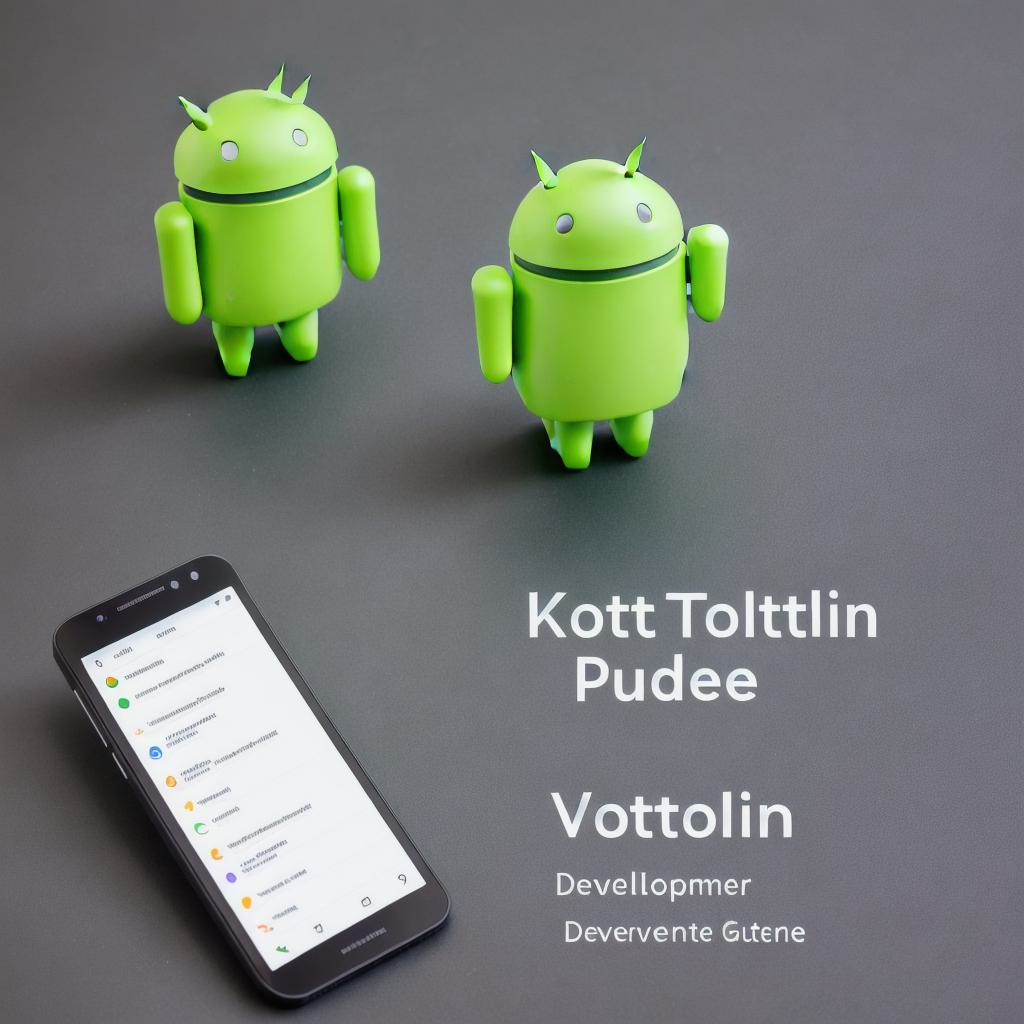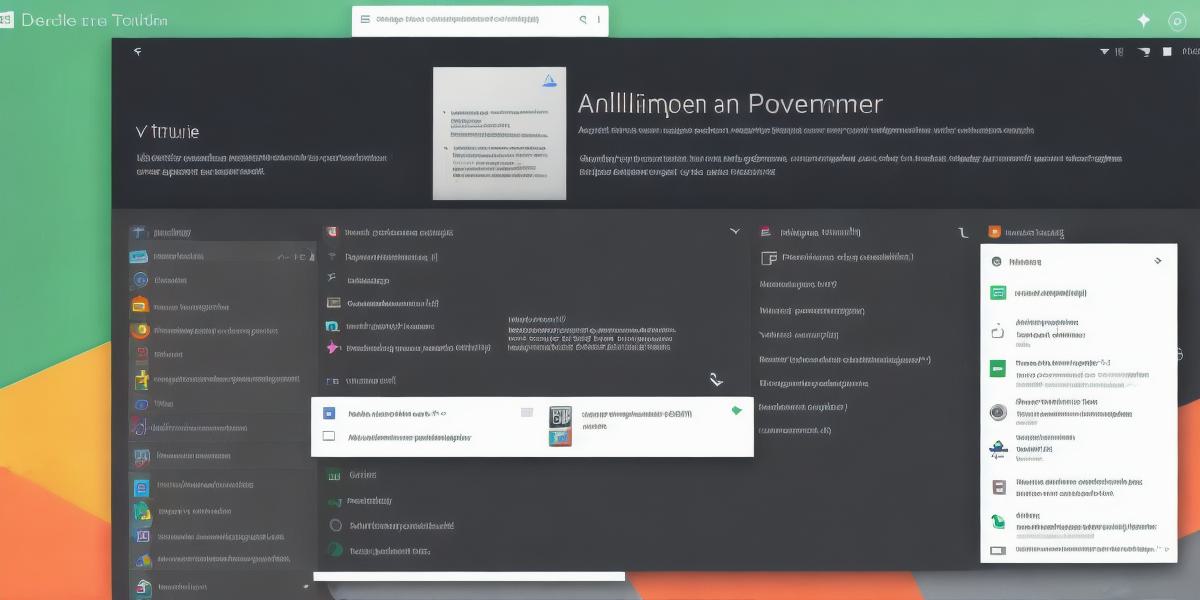Introduction:
Are you looking to start your journey as an Android developer? Do you want to learn a new and exciting language that will help you build faster, more efficient and maintainable Android applications? If so, then Kotlin is the perfect choice for you! In this article, we will explore how to get started with Kotlin Android development, including its features, benefits, and best practices.
What is Kotlin?
Kotlin is a statically typed programming language that was developed by JetBrains in 2011. It was designed to be concise, expressive, and fast, with the goal of improving the developer’s productivity and the maintainability of their code. Kotlin is fully interoperable with Java, which means you can use it in your existing Android projects without any issues.
Why Use Kotlin for Android Development?
Kotlin offers several benefits over Java, including:
- Improved Code Quality: Kotlin’s strong typing system and null-safe nature help to catch errors early on in the development process, resulting in higher quality code.
- Reduced Development Time: Kotlin’s concise syntax and improved performance make it easier and faster to write code, reducing your development time.
- Improved Maintainability: Kotlin’s static typing system and null-safe nature make your code more maintainable, making it easier for other developers to understand and modify.
- Better Integration with Android SDK: Kotlin has better integration with the Android SDK, allowing you to use more advanced features such as coroutines and reified generics.
Getting Started with Kotlin Android Development
To get started with Kotlin Android development, follow these steps:
- Install Android Studio: Download and install the latest version of Android Studio from the official website.
- Create a New Android Project: Open Android Studio and create a new Android project using the "Empty Activity" template.
- Add Kotlin to Your Project: In the build.gradle file, add the following line under the "dependencies" block:
<h2>implementation 'org.jetbrains.kotlinx:kotlinx-gradle-plugin:1.5.0'</h2>This will enable Kotlin support in your project.
- Modify Your Code: Open your MainActivity.kt file and modify it to use Kotlin syntax. You can do this by changing the "class MainActivity" statement to "class MainActivity : AppCompatActivity()".
- Build Your Project: Click on the "Run" button in Android Studio and build your project.
- Debug Your Code: Use the debugger to step through your code and make sure everything is working as expected.

Best Practices for Kotlin Android Development
Here are some best practices to follow when using Kotlin for Android development:
- Use Null Safety: Kotlin’s null-safe nature makes it easier to write bug-free code. Make sure to use the "?" operator to check if a variable is null before performing any operations on it.
- Use Coroutines: Kotlin’s coroutine support allows you to write asynchronous code that is more readable and maintainable than traditional thread-based code.
- Use Extension Functions: Extension functions allow you to add new functionality to existing classes without modifying their source code. This can make your code more reusable and easier to maintain.
- Use Reified Generics: Kotlin’s reified generics support allows you to write generic code that is type-safe and performs better than Java’s erased generics.
- Use Kotlin Multiplatform: Kotlin Multiplatform allows you to write code once and use it across multiple platforms, including Android, iOS, and web. This can save you time and effort in the long run.
Conclusion:
Kotlin is a powerful and popular programming language that is well-suited for Android development. With its improved code quality, reduced development time, improved maintainability, and better integration with the Android SDK, Kotlin is an excellent choice for any Android developer looking to improve their productivity and code quality.
